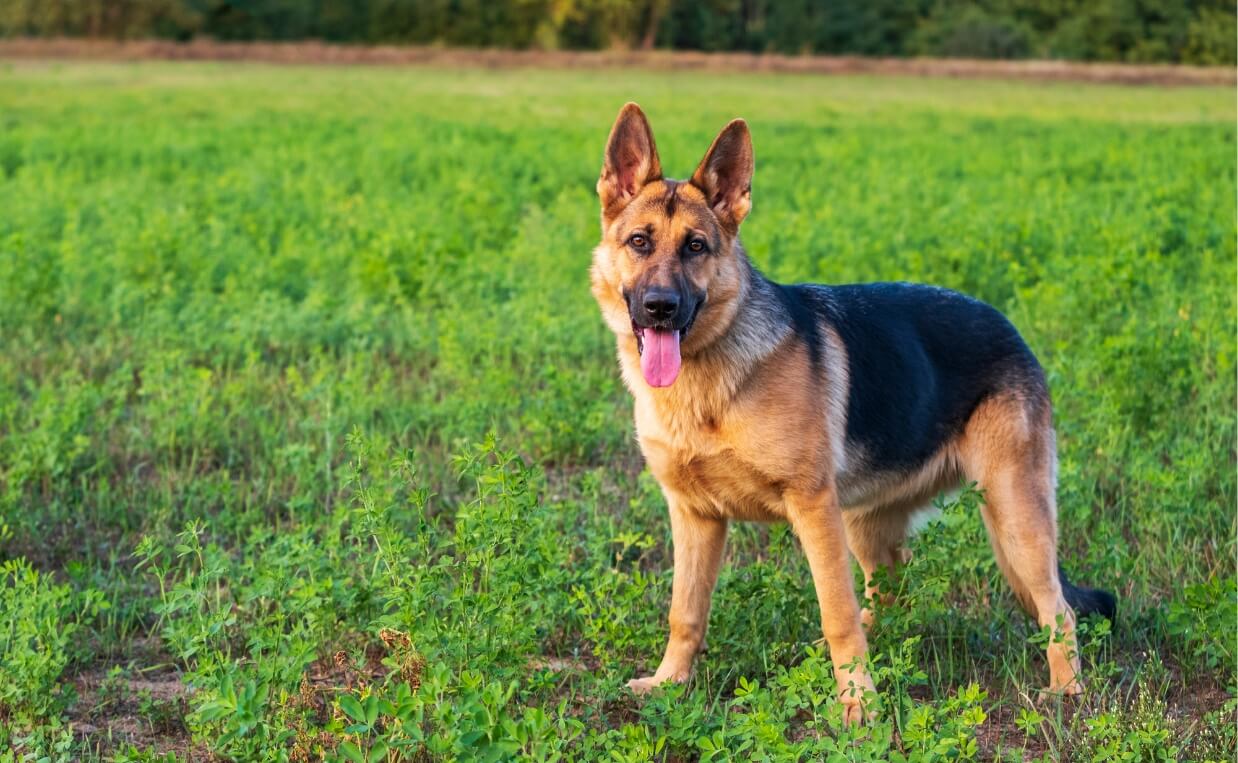
Does your dog listen at home but ignores your commands when you’re outside or other places?
This is a common issue people have with their dogs.
So often people simply can’t figure out why their dog isn’t listening. They watch other dog parents interact with their dog who is listening and obeying their commands and are perplexed why their own dog does not act the same.
There are many reasons a dog might ignore a command given away from home but obeys while at home. The first step a frustrated dog parent should take is to assess why their dog ignores your commands when outside.
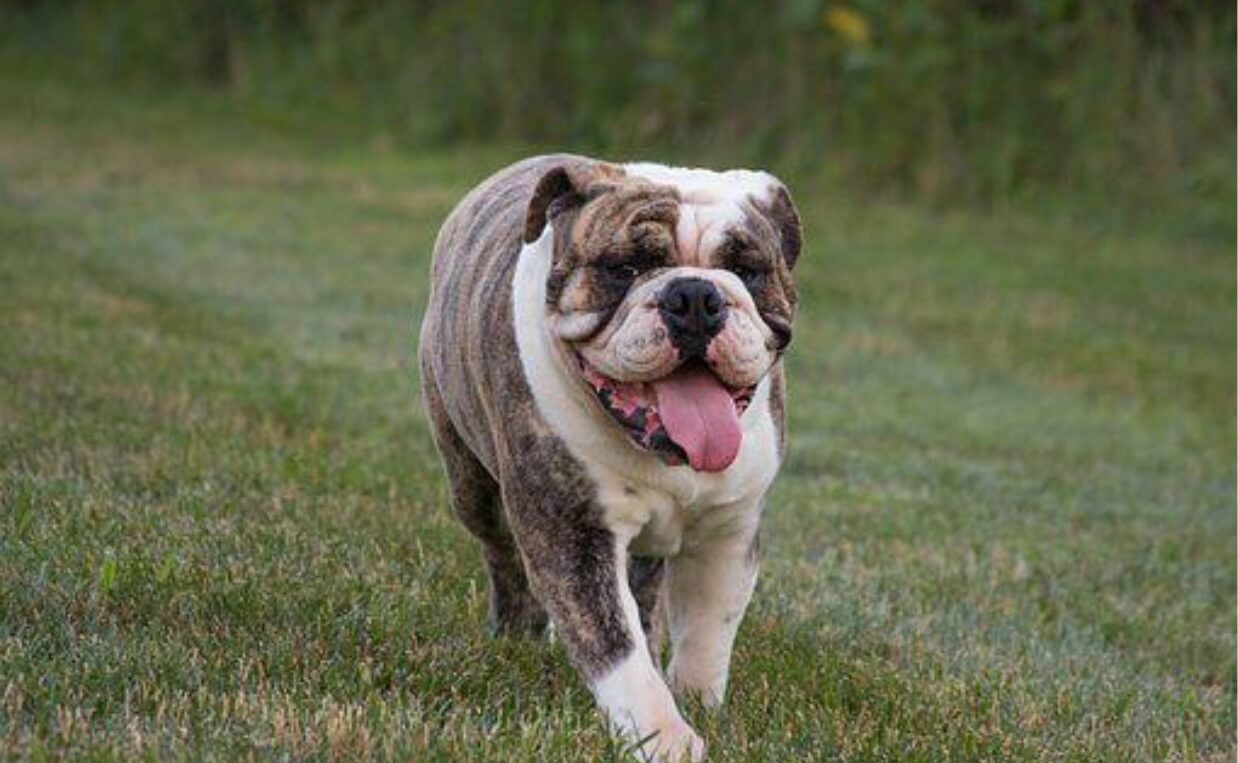
Why Your Dog Ignores Your Commands Outside
Here are a few reasons you should consider:
-
Age of your dog
Just like young children, puppies go through developmental stages.
-
Before age 12 weeks
Up until puppies are 12 weeks of age, they have a window of time where they are easy to socialize and accept new places, people, sounds, etc. They have a strong follow instinct and they want to stay close to you.
-
12 weeks to 6 months
After 12 weeks of age, puppies become more skeptical of their environment and socialization isn’t as easy. Pups at this age also go through several fear stages where they are suddenly frightened of things that didn’t bother them before. It is possible your pup can’t overcome his or her fear yet and so ignores your commands.
-
6 months to 18 months
Puppies are usually considered adolescents from about six to eighteen months of age. During this time, most puppies go through a rebellious stage. All of a sudden, your pup seems to digress from a well-trained pup to a pup with no training at all! This is a time of sexual maturation and hormones are raging, especially if the pup isn’t neutered yet. This results in a pup who is less inclined to listen to your commands.
The solution to age-related reasons your dog isn’t listening to you is to focus on simple commands you probably taught him or her much earlier in his or her development, like “sit”, “watch me” and “potty training”. Be sure to “proof” commands in less distracting environments before trying them at busy places with lots of distractions. Be sure to use high-value treats and start incorporating play-training.
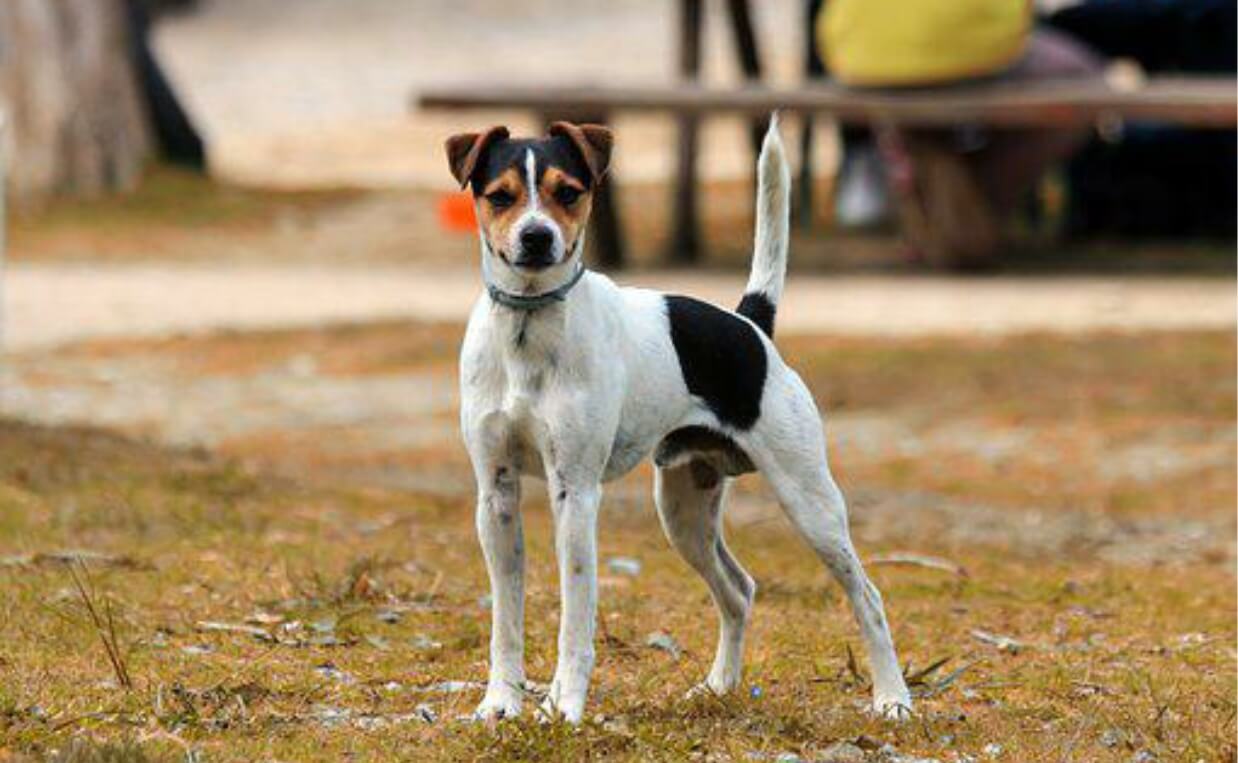
-
Not fully trained
Sometimes dogs don’t listen because their owner has a misunderstanding of how well their dog is trained. If your dog doesn’t consistently follow a command or hasn’t learned to follow the command regardless of distractions, it is silly to think your dog will perform in public places. Getting frustrated with your dog won’t do any good. The solution is to not ask your dog to obey commands he or she is not yet ready to follow.
-
Strong emotions
Sometimes dogs are distracted by their own emotional state. For example, if you are trying to give a command in the middle of a thunder storm, your dog may be so afraid of the thunder he or she can’t listen and follow your command.
In order to get your dog to listen, you will have to find another way to deal with your dog or wait until the situation causing the emotion is over. For example, instead of giving your dog a command to go to his or her crate during a thunderstorm, you may have to walk over to your dog and “lead” him or her to the crate.
Like a young child, emotions are overwhelming to dogs, especially young ones. You can try to see if your dog responds but, if not, you may need to find a way to deal with the underlying issue before expecting your dog to obey.
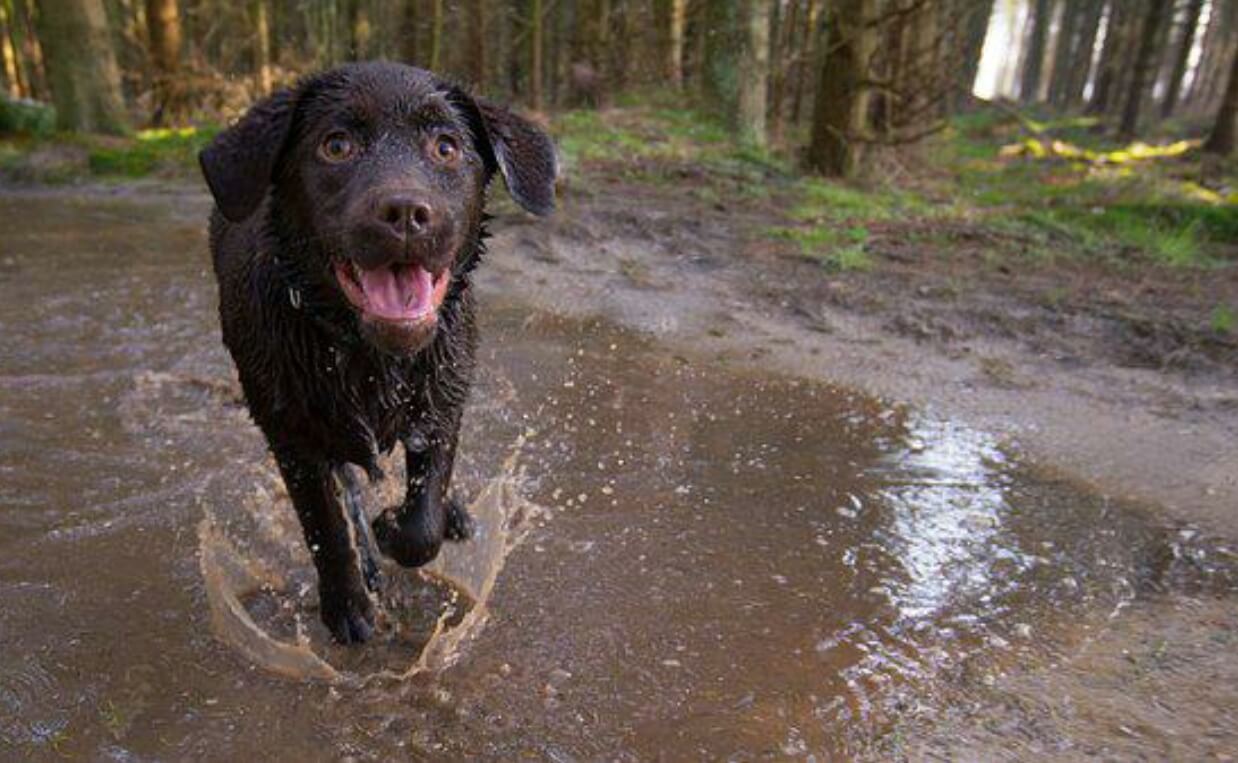
-
Distraction
Dogs not listening due to distraction goes back to the issue of inadequate training. Dogs are naturally distracted by objects, people, animals, wildlife and even things in the environment. You have to work on each level of distraction with each command. Start by making sure your dog can follow a command with no distractions. Then, work on the command with people in the environment talking, eating, engaging with each other. Then, work on the command out in the yard and start with minimal distractions and work up to more significant distractions. Eventually your dog won’t have a problem with distractions because you’ve worked on it with your dog.

-
Pain
There are situations where your dog can be in pain but you may not be aware of it because dogs have an instinct to hide pain. This can happen at any age but senior dogs are more likely to have pain related to unseen issues like arthritis. A well-trained dog who has learned how to ignore distractions and isn’t showing fear, most likely has a good reason for not complying with a command. If you can’t figure out the problem, be sure to take your dog to his or her vet for a health screening to rule out pain or another health issue.
-
Poisoned cues
Sometimes a dog parent accidentally punishes their dog for doing what they ask. For example, if your dog is having fun at a dog park, running and playing with the other dogs and the “Fido, come” command is given. When the dog comes to the owner, he or she leashes the dog and takes them away from the fun. This is a punishment, not a reward, and now the dog associates the cue with something bad happening.
In the future, your dog might avoid you because he or she doesn’t want to be punished. What you are dealing with is called a “poisoned cue”. Poisoned cues are more common than you think and often the culprit when a dog is thought to be stubborn. We frequently call our dogs and then do unpleasant things to them such as give them a bath, lock them in their crate or make them stay inside when they were having fun outside. If coming to you means unpleasant things are going to happen, they are going to avoid coming to you.
The good news is poisoned cues can be fixed. You have to re-teach the behavior and add a new cue. You do have to re-teach the behavior, though, as you can’t just transfer a poisoned cue to a new cue. Watch your dog’s body language to see how he or she might be reacting to a cue.
In the case of the dog park, a better way to handle it would be to call your dog, praise him or her for coming, briefly engage with your dog in a way he or she likes (like playing tug-of-war) before snapping on the leash then walking a lap around the park before you leave. The goal is to break the association with the “come” command with the unpleasant experience of having to leave the park.
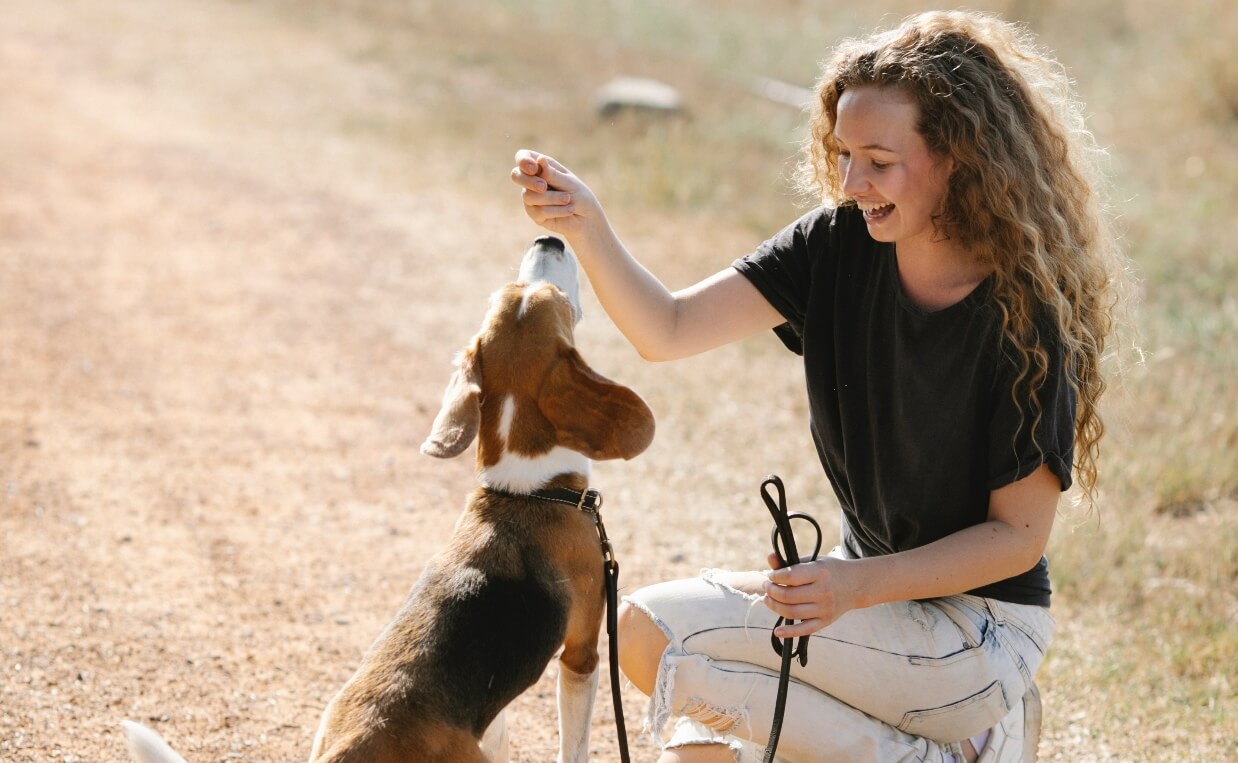
-
Low-value treats
Sometimes the reward being offered just doesn’t do the trick. Using low-value treats (like a treat your dog has all the time or just doesn’t like very much) can dampen your dog’s eagerness to comply with your commands. High-value treats will be small, smelly and in small bite-sized pieces.
Pro tip: some professional trainers recommend freeze dried liver treats as a high-value training treat.
Common Misconceptions About Dogs Ignoring Commands
It can be frustrating when your dog doesn’t follow cues or come when called.
It’s important to keep in mind your dog is NOT:
- Being stubborn
- Being dominant
- Being a rascal
- Being disrespectful
- Being spiteful
- Trying to annoy you
Dogs do what works best for them in a given situation. He or she is an independent being looking out for his or her best interests, as we all are.
Therefore, you have to be his or her biggest interest, not his or her biggest threat.
Never, ever, react in any of the following ways. None of these will help the situation, and they may just cause serious damage to you and your dog’s relationship.
- Smack or spank or kick your dog
- Yell at your dog
- Yank your dog’s leash
- Grab your dog by the muzzle
- Try to assert dominance or be an “alpha”
These types of actions can make your dog fearful and harm your relationship. Your dog is not disrespecting you; he or she is overwhelmed and can’t respond in the way you want right now.
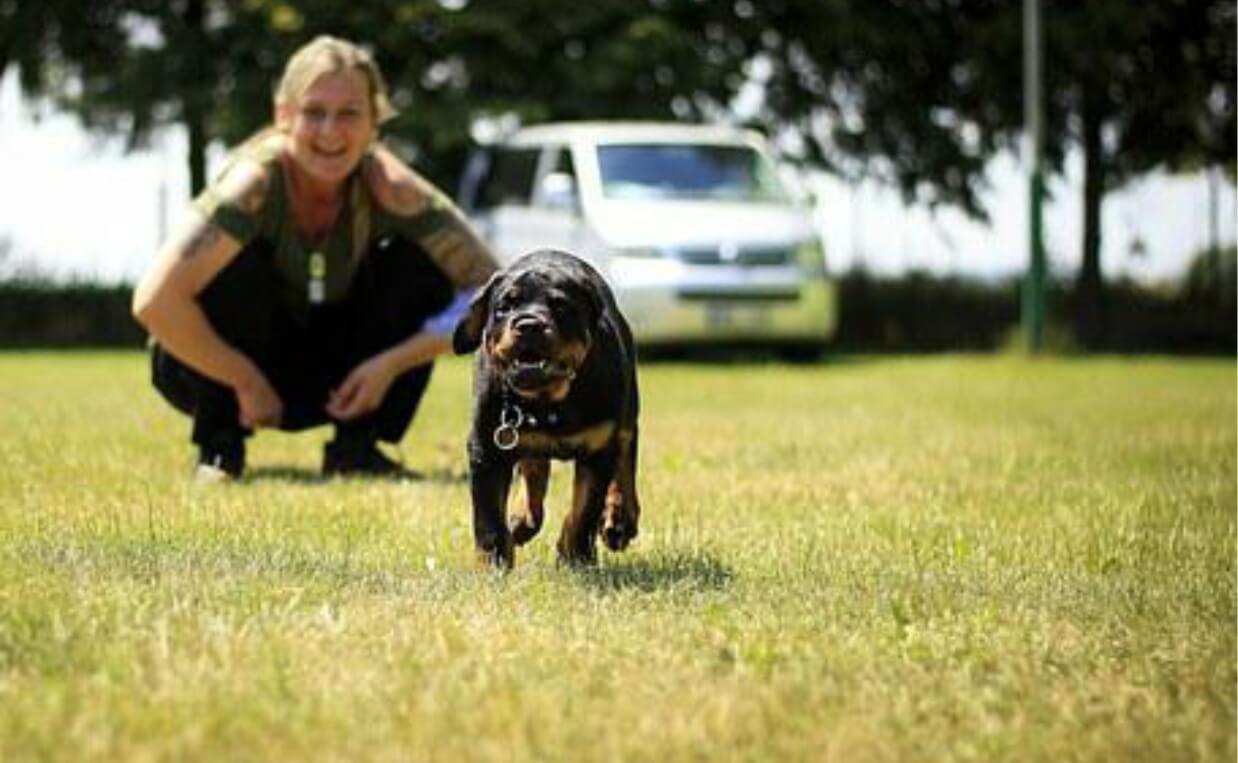
Final Thoughts
The most important thing you can do is be patient with your dog. New habits take time to build. There will be good days and setbacks. This is normal and fine! Don’t be hard on your dog or hard on yourself either. Your goal for training your dog is to have fun.
There is no value in trying to train your dog too fast. It only causes frustration. So slow down, take your time, lower your expectations and allow your pup to learn at his or her own pace.
Most of us have an ideal picture in our head of how life will be with our dog. Every day we will take our dog to the park, he or she will run around off-leash, stay close to us, never run off and will always follow our cues, 100 percent of the time.
This is possible, of course, but it takes time for this type of trust and understanding between the two of you to grow. Just remember it’s never a failure to take a step back to the last successful step and work from there.
Do you have a dog who has trouble listening outside? What are you working on to make your time together outside more enjoyable? Please leave a comment below…

 Can Dogs Really Count? Exploring the Cognitive Abilities of Canine Companions
Can Dogs Really Count? Exploring the Cognitive Abilities of Canine Companions Why Dogs Bite and What To Do About It
Why Dogs Bite and What To Do About It 22 Odd Dog Behaviors and Want They Truly Mean
22 Odd Dog Behaviors and Want They Truly Mean Why Do Dogs Chase Their Tails?
Why Do Dogs Chase Their Tails? How Service Dogs Reduce PTSD Symptoms: Unleashing the Healing Bond
How Service Dogs Reduce PTSD Symptoms: Unleashing the Healing Bond






I have a 3 year old Lhasa Apso and everything in his environment, trucks , cars , other dogs, people, anything he reacts to. When people come to the house he barks and wants to attack. It’s my fault cause I spoiled him. Friends say I should have him neutered but I don’t want to. Is this the only way to train Caesar is to be neutered? He does obey when I tell him to sit or stay. Oh and when he is in the car he jumps everywhere reacting to the environment. I had to purchase a seat belt for him. What to do?
My suggestion is to find a dog trainer who can help your dog with his issues. Asking your veterinarian for a referral to an appropriate, trusted trainer is a good place to start. Good luck!
My dog developed a new bad habit recently. When I take her for a walk and we are on the way home, close to the house, she will lie down and refuse to budge. I have tried waiting for her to get up, cajoling her, feeding her goodies she loves, but the only thing that might work is to give her the command in a deep, gruff voice. And once, as a last resort I put my foot underneath her butt and nudged her. That worked, but she slunk away and that made me feel terrible. Help!
Oh my goodness, how frustrating! The best course of action, besides waiting it out to see if she works this out on her own, might be to work with an experienced dog trainer in your area. There are so many variables involved you really need a professional who can work with both of you. If you don’t know of someone, try contacting your veterinarian or local animal shelter (Humane Society) to see if they can refer someone. Another idea is to sign up for a service like Pawp. They have a one-month free trial in case you don’t want to sign up long term. This is a telehealth service where you can get pet health or behavior related questions answered. I sure hope you get that one figured out soon! Let us know how you resolve the issue.
Hi, I have a theory of this behavior. I believe your dog believes going inside is a punishment, because the enrichment it gets outside is so much more than inside. Also, you have to train yourself just as much as you train your dog.
If your puppy is not liking being inside, play with them inside the house in an appropriate way. Most dogs have a decent prey drive and liked to play. Avoid playing with your hands, and use a toy. You will always have to ‘wake them up’ or ‘prime’ them to play. Use a word ‘play’ to help inform the dog its time to play.
The only reason a dog doesn’t want to do something is because they believe they will be punished or lose access to something. If you have already spoiled your dog, there are more invasive techniques, but simply changing your dogs routine over time is easiest on both you and the dog, physically and mentally.
My dog runs after his ball, brings it back a couple of times then he refuses to do it, or even after once
He just sits down and just stares and stares at me, i ask again and he refuses
Believe me hes not scared or anxious, not poorly
Its ok saying give something of higher value
Sometimes when i recall him, he ignores it or hes that fast he would be in danger before i even got to whistle, doesnt come back for higher value
His recall used to be excellent
He used to obey these commands, now
Ive seen advice to go and do something else, but arent i giving in and rewarding him by doing something else
Belive me he ‘WONT’ give in he would rather miss his whole hrs playtime etc, and the thing is hes enjoying himself,
You may want to contact a certified dog trainer to find out why your dog is behaving this way and the best way to address it if it bothers you. There are lots of reasons your dog may not want to continue fetching the ball. If you decide to pursue changing your dog’s behavior, let us know how it goes!
Hi, so my family got a dog 2 months ago when he was 10 months old and he wasn’t trained at all. We taught him commands like sit,down,placez recall… He is also quite perfect on the leash and very reactive around other dogs. He just wants to play all the time. The thing is, when he is off leash he doesn’t listen AT ALL.(only my mom and dad let him off leash) Moreover, he runs 100 meter away from us and the recall doesn’t work. I think the problem is that mom and dad let him off the leash when he wasn’t yet well trained on the leash and also everytime he goes for a walk it’s with a different person from our family(either my parents,me or my brother). I also think that my dad isn’t patient enough and expects that the dog will learn everything in a second. It’s maybe important to mention that at first when my dad let him off the leash,he would go few meters away from him but would always check for my dad and come when he said ‘come’. Now, he’s literally his own boss when off the leash so we decided not to let him off the leash for the time being. Do you have any advice? We’ll buy a 10meter long leash and do the recall. We also bought an e-collar and will try using vibration(the lowest level).He’ll most likely come when asked to but i doubt that he’ll do the same off the leash.
Have you considered enrolling your dog in a dog training course? Or working with a dog trainer one-on-one? Both of these options will be able to assess your dog and how you (and your parents) are interacting with your dog as well as provide you with practice sessions. Your veterinarian should be able to provide you with referrals. Good luck and thanks for visiting the Canine Campus blog!
My 8 month old is taken out on a leash in our apartment backyard area for exploring time. If he is enjoying his time and we direct him to “come”, assert tug on leash and he does not want to leave his activity, he gets aggressive. He grabs onto leash, pulling or jumps up on us even nipping at our body to move us out of “his space”.
You may want to consider enrolling your dog in a training program or working with a professional trainer. Thanks for visiting our blog – hope to see you back again soon!
I thought about sharing the issue I have with my dog but after reading a few advises I can guess the reply will be to contact a certified trainer.
I hope something in the article will help you with your issue. Best of luck to you and your dog!